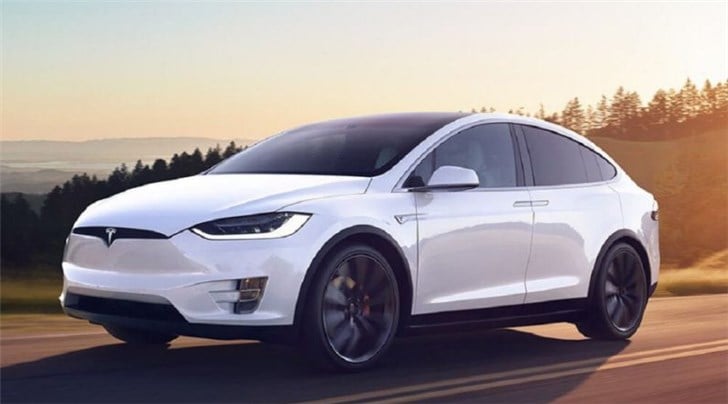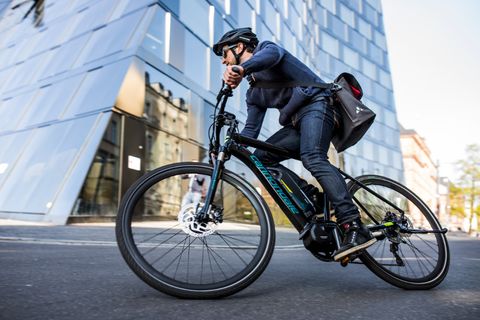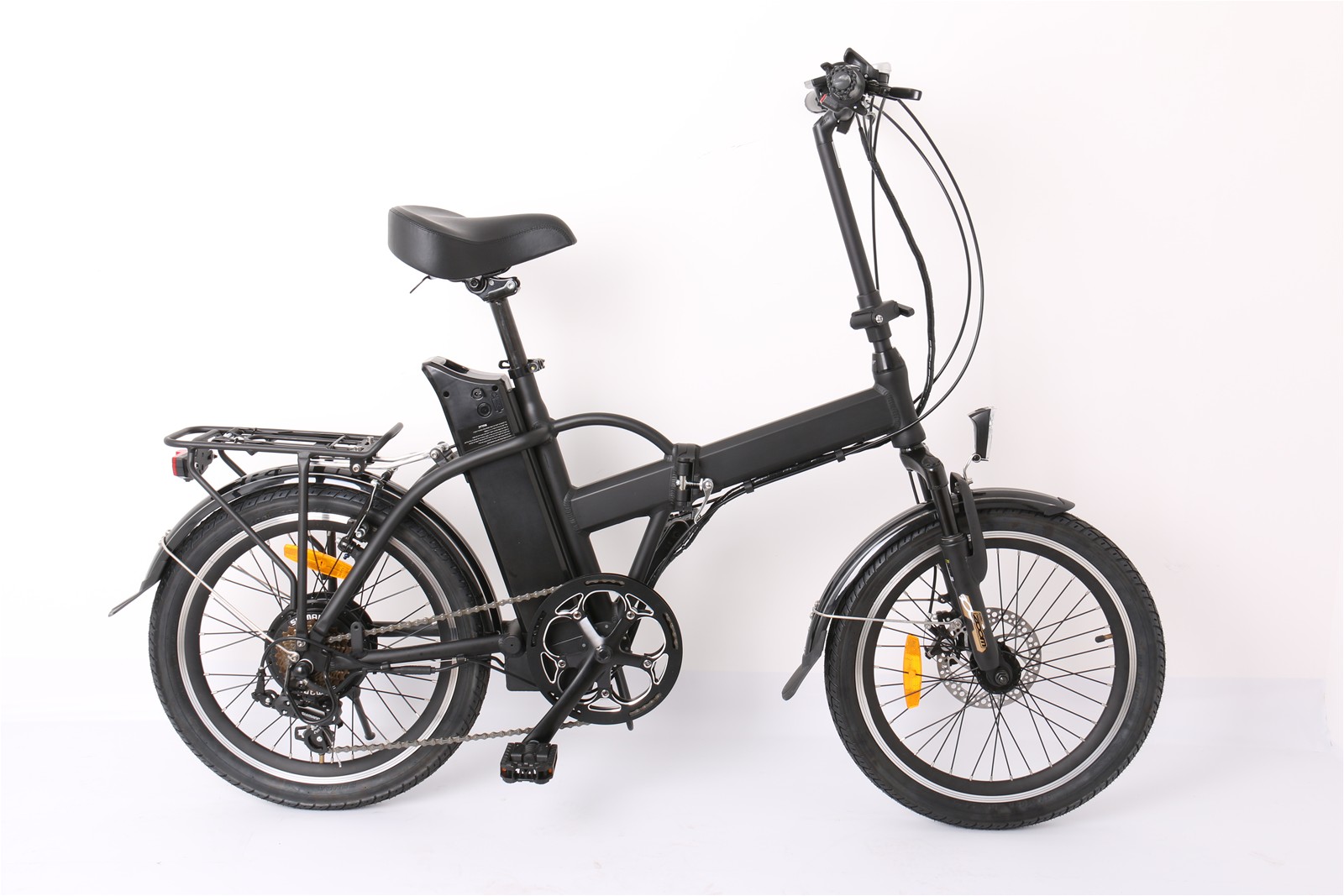Little by little, we have seen the slow but steady growth of electric vehicles and battery powered locomotives. These offer a glimpse of the future, which is a world with more sustainable forms of resources. Although that is not the case right now, but the world is in an active phase of moving away from fossil fuels.
Thus, leadings us here, with questions regarding what are the real aternatives to cars, bikes, and others. Well, apparently the answer lies with e-bikes.

According to a few reports, the next hit in EV (Electric Vehicles) is not Elon Musk’s Tesla cars or its Cybertruck, but the simple and effective e-bikes. Historically, electric bikes have not been as popular as the their more expensive counterparts. Rather, in most countries they are not even considered to be worth purchasing, with viability playing an important factor. In 2012, e-bikes represented lesser than 1 percent of total bike sales in the year. So how does a niche product with no actual market has the potential of becoming a major industry in the near future?

Since the past few years, notable advancements have been made in the automotive industry which includes upgrades to lithium-ion batteries. It is now noticeably more affordable to develop and produce a battery powered vehicle than before. Furthermore, developed countries are now more likely to also supply supplementing infrastructure that supports this new age form of vehicles as well.
With the globe already tackling global warming and pollution issues, it has become a national interest to invest in emission free vehicles. Hence, it has led to various analysts stating that e-bikes sales will receive a massive surge in demand within the next decade.
Editor’s Pick: Xiaomi crowdfunds fruits and vegetables purifier, removes pesticides and bacteria
As suggested in some reports, the adoption rate of EVs is just 5.1 million units being in circulation. This number is expected to rise to only 12 million by 2025, but e-bikes sales, on the other hand, are expected to reach 40 million units by just 2023. And if you do the math, 40 million is more than three times that of 12 million electric vehicles in the world. Additionally, few other analytical firms have also estimated that the numbers can reach as high as 110 to even 130 million between 2020 to 2023. It is also expected that the e-bikes shipments will surpass electric vehicle sales within a year.

As of right now, China is said to be the undisputed e-bike capital of the world. The country and its citizens have embraced the technology with many popular renting services and stations also being established to further grow the venture. Vietnam arrives in second with a few European and even Middle Eastern countries also embracing the e-bikes industry. One of the most common barriers to new technology is always mindset and the worry of transition towards new products that are more advanced. But with Government investments and fostering, the adoption rates can be raised significantly.

In Southeast Asian countries, especially China, e-bikes popularity can also be accredited to their pricing strategy which can undercut their European counterparts with nearly half the price. Thus, the future with more technological advancement and economy in scales can see higher units being shipped globally. Even though the battery powered industry is still in its nascent stages, it has major expectations of showing real promise in the near future.
The world will largely benefit from e-bikes and its popularity. Although a hundred million is still shy of billions, it is very impactful when you considered that tens of billions of rides will be made with no emissions and help reduce traffic congestions on busy roads. This also leads to fewer resources being used and lesser pollutants in the environment.
UP NEXT: Samsung Galaxy S10 series receives Android 10 Update in the US






